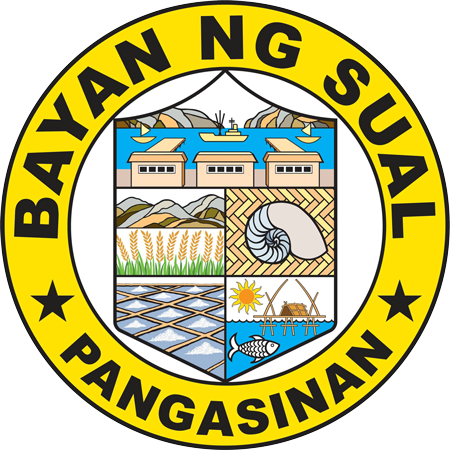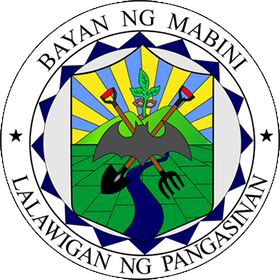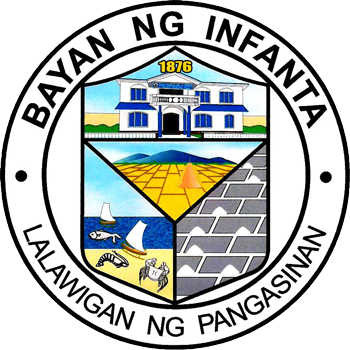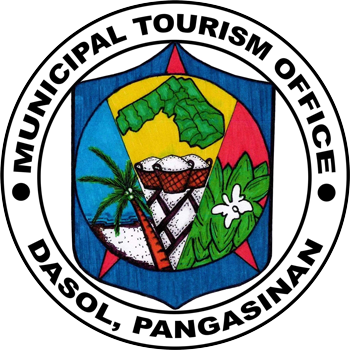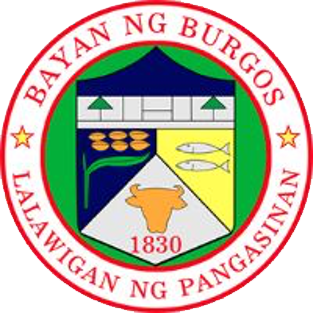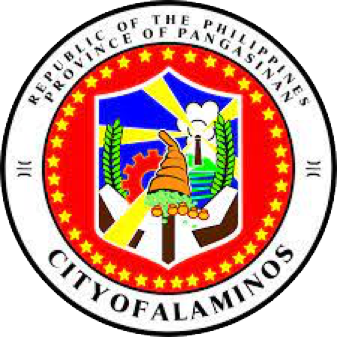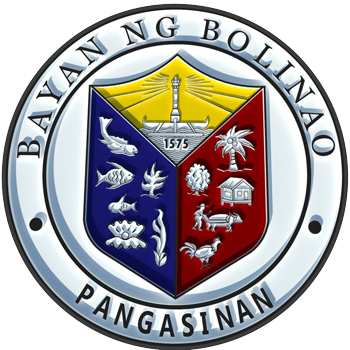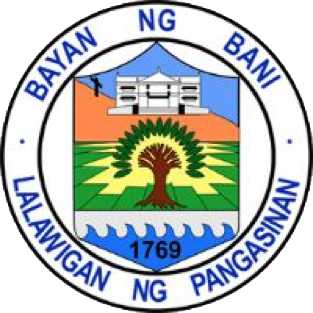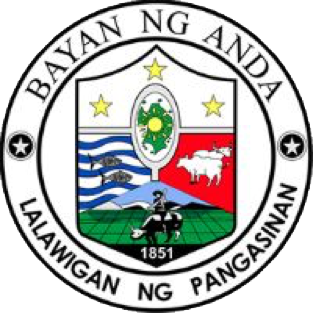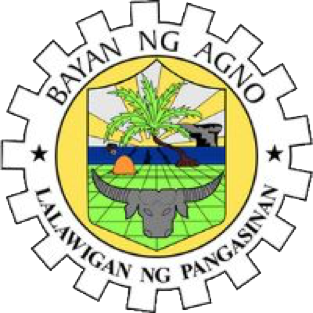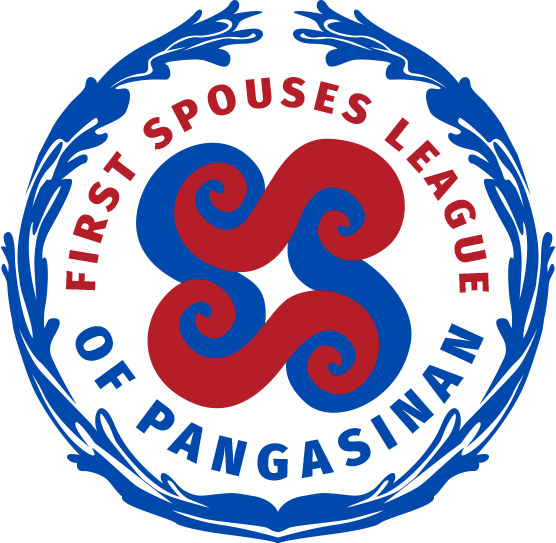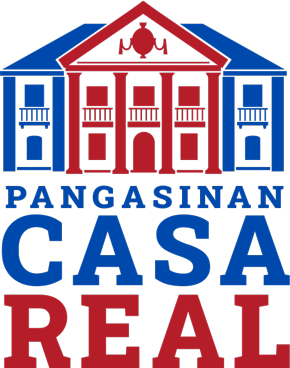Even before the arrival of the Spaniards in the province in 1571, Sual was already being used by traders to barter goods. People from China, Cambodia, Thailand, and many other neighboring states frequent the port of Sual as the deep mooring made it a suitable place for large ships to dock.
Sual was mostly inhabited by Pangasinan-speaking people until 1818 when migrants from Ilocos provinces arrived in droves. The new residents introduced a better way of farming and expanded the cultivation of lands to produce a greater amount of crops with the excess being sold to traders both local and foreign.
The town of Sual used to be part of the municipality of Labrador but through a decree issued on May 20, 1805, by Governor General Rafael Maria de Aguilar, the town separated and became an independent municipality.
Sual is part of the first congressional district bordering the city of Alaminos and the towns of Labrador and Mabini. Sual is located 26 approximately kilometers from the capital town Lingayen. It has a total land area of 13,016 hectares and a population of 39,091 people according to the 2020 census.
Sual is a first-class municipality and the second-richest town in the country in terms of assets in 2017. The presence of infrastructures and industries such as the 1200 megawatt Sual Coal-Fired Powerplant and the Sual International Port complemented with Sual’s efficient tax and revenue collection made that possible.
Tourism is a boon for Sual as well. The Masamirey Cove Resort, a popular destination among domestic and foreign tourists, boasts luxurious amenities inspired by Asian architecture. The picturesque view of Bagbag Beach and Little Batanes is also a popular destination in the town of Sual.
A fishing town, Sual is one of the biggest producers of fish in the province. Sual produces more bangus (milkfish) than Dagupan with 900 hectares dedicated to bangus farming. Popular among visitors are the stalls of different fresh and fried fish products that stretch along the roads of Sual.
Officials
Mayor
Liseldo Calugay
Vice Mayor
John Christopher Arcinue
Councilors
Apple Joy Mendoza
Presco Edrosolan
Dionisio Caburao
Maximo Millan
Gregorio Garcia
Alexander Rigonan
Samson Brudo
Mherlie Osana


